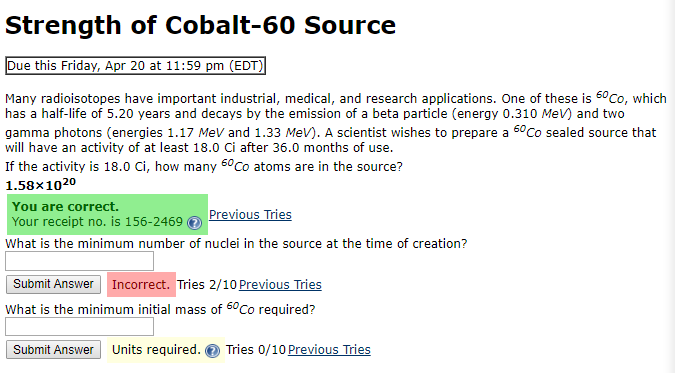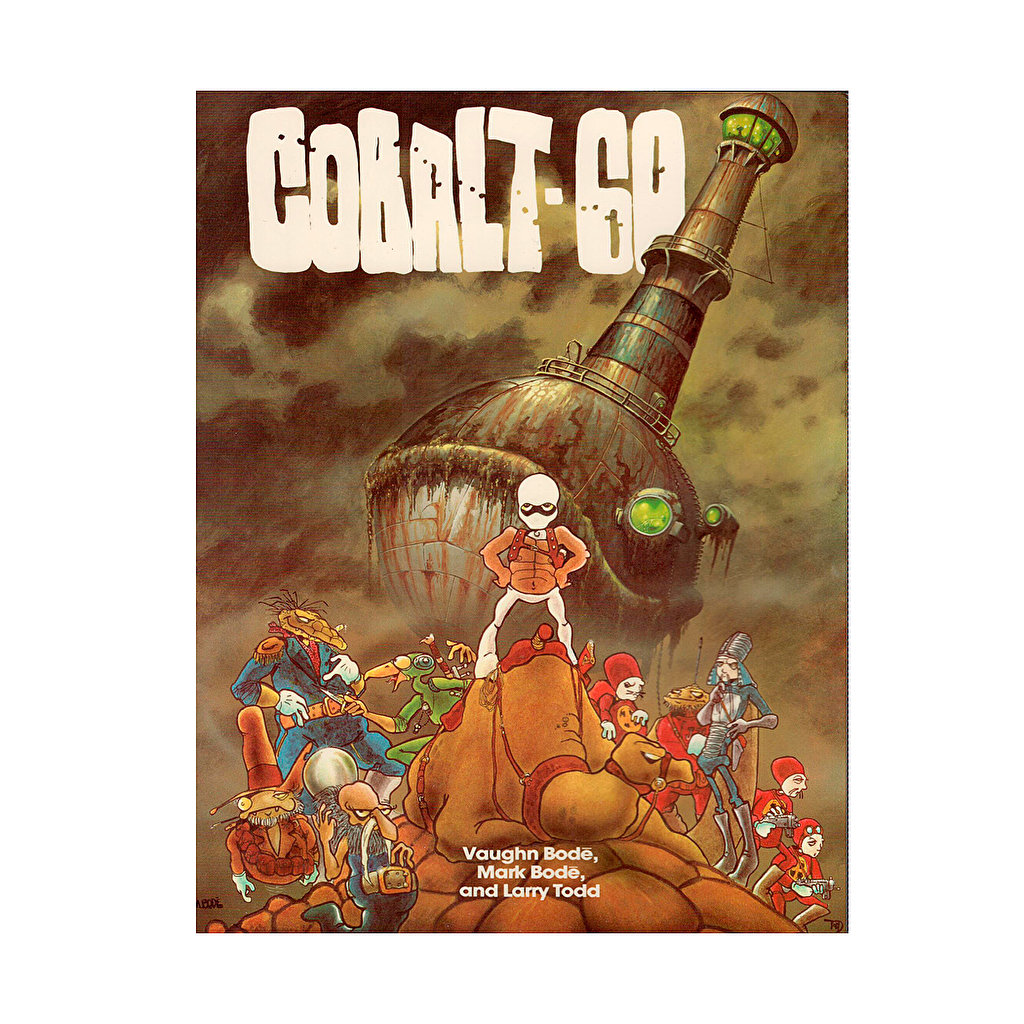

The theft set off global alarm bells, including an alert from the Vienna-based International Atomic Energy Agency, which described the highly radioactive cobalt-60 that had powered the missing equipment as “extremely dangerous.” 2, gunmen at a gas station commandeered a private truck that was carrying a heavy piece of cancer-treating machinery from a hospital in Tijuana to a radioactive waste storage facility near Mexico City.

COBALT 60 WARNING DRIVER
Mexican truck driver Mauro Moya said he doesn't read English so didn't know of any radiation threat. “The concern… is the potential impact on health of the person who would find the capsule,” he said.Another part of a missing medical radiation device that once contained cobalt-60 bears a sign in English warning of possible radiation, Dec. “So it would be very unlikely to have much impact (on people),” said Ivan Kempson, an associate professor in Biophysics from the University of Southern Australia.īut there had been some past examples, Kempson noted, of people finding similar things and suffering radiation poisoning. Nuclear radiation experts in Australia who previously spoke to CNN said that the loss of that capsule was “very unusual” and spoke about challenges of recovering such a tiny device.īut a good thing, they said, was that the search area was extremely isolated. The most recent case in Thailand follows a similar incident in Western Australia in January when a tiny capsule, also containing Caesium-137, went missing along a remote outback highway while being transported from an iron ore mine to a depot in Perth.Īfter a challenging six-day search, the capsule was eventually found and officials are still investigating how it apparently fell off the back of a vehicle during transit. Nearly 2,000 others who lived nearby were exposed to radiation.īut Pennapa said the canister that is currently missing is far less radioactive than the incident in 2000. Some workers suffered burn-like injuries, and eventually three people died and seven others suffered radiation injuries, the report said. In 2000, according to the Congressional Research Service report, canisters containing another radioactive isotope, cobalt-60, were bought by two scrap collectors, who took it to a junkyard where it was cut open.

It is not the first time something like this has happened in Thailand.
COBALT 60 WARNING SKIN
If it’s high, the first thing we will see is skin irritation.” “If general people (come into) contact unknowingly, the health effects will depend on the level of the (radiation) intensity. Pennapa, from the Office of Atoms for Peace, urged the public not to panic. It's tiny and potentially deadlyĮxperts warn that Caesium-137 can create serious health problems for people who come into contact with it: skin burns from close exposure, radiation sickness and potentially deadly cancer risks, especially for those exposed unknowingly for long periods of time.Ĭaesium-137 has a half-life of about 30 years, which means it could pose a risk to the population for decades to come, if not found.

Western Australia's Department of HealthĪ radioactive capsule is missing in Australia. “We have dispatched our teams to recycle shops around the area… we still couldn’t find it.”Īn illustration provided by Western Australia's Department of Health shows the size of the capsule compared to a coin. “It is unclear if the item was stolen and sold to a recycling shop or misplaced elsewhere,” Mongkol said. Police have examined CCTV footage from the plant, Si Maha Phot district police chief Mongkol Thopao told CNN – but were hindered by “limited views” of the machine. For areas we cannot reach, we have dispatched drones and robots.”Īlso involved in the search are Thai police, who believe the cylinder has been missing since February but was only officially reported lost by the National Power Plant 5 company on Friday. “We are (using) survey equipment to detect for signals. “We are searching in waste recycling shops in the area,” she said. Search underway for missing radioactive capsule in Western Australiaĭeputy Secretary General Pennapa Kanchana told CNN on Wednesday they were using radioactive detection equipment to locate the cylinder. Department of Fire and Emergency Services WA Chief Health Officer Dr Andrew Robertson speaks at a Department of Fire and Emergency Services press conference.


 0 kommentar(er)
0 kommentar(er)
